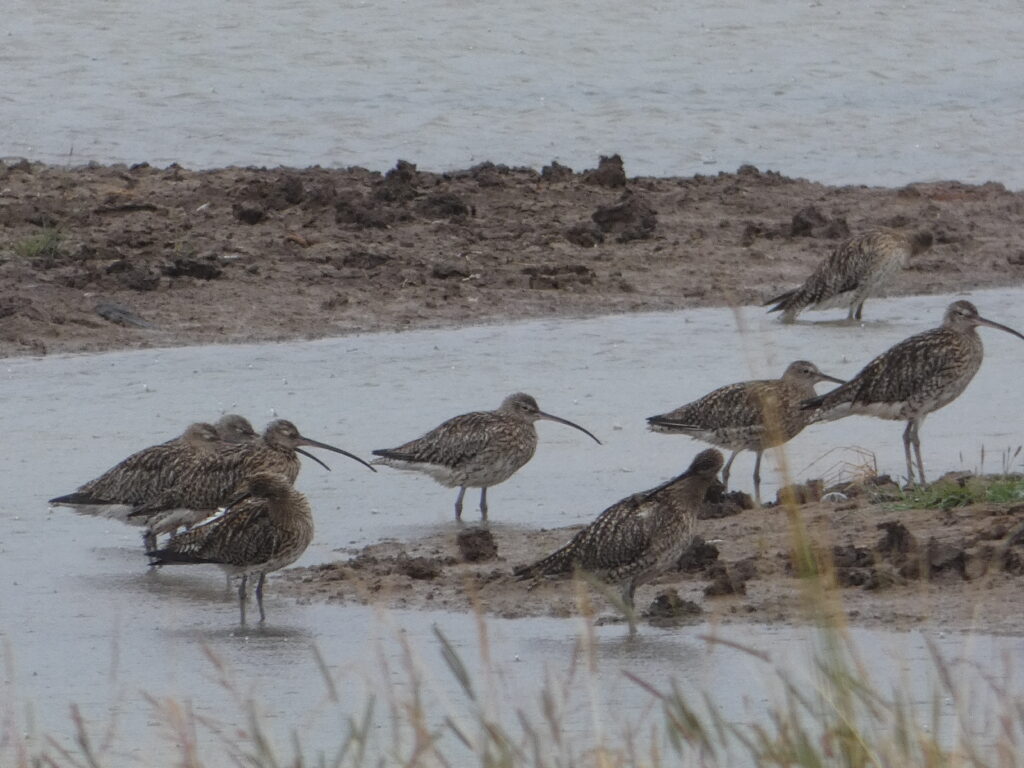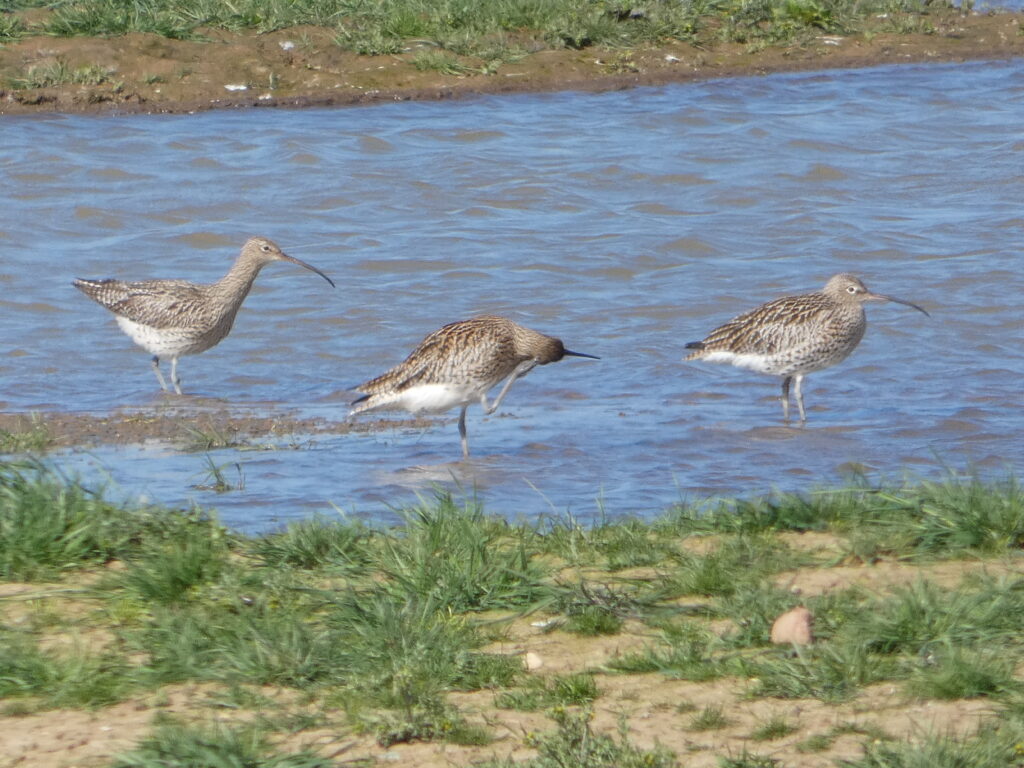This Sunday we are celebrating waders! But before you start pulling on your green rubber boots, we are talking about the striking two-legged birds that can be seen along the coastline around Grimsby, Cleethorpes and Immingham.
Curlews are the largest wading birds in Europe and April 21 is World Curlew Day.
Why pinpoint curlews, you may ask? Well, there used to be eight species of curlew worldwide and two are now assumed extinct. The Eskimo and the Slender-Billed have not been seen for decades.
The Eurasian Curlew was once a common sight across the UK, but their numbers have drastically declined over the last 40 years. On average, we have lost 60 per cent of the curlew population in England and Scotland since 1980. They are now a red list endangered species, with only 58,500 breeding pairs in the UK.
It is no exaggeration to say that many parts of the earth will lose curlews over the next few decades. However, curlews are one of the species for which the Humber Estuary has been classed as an internationally important habitat and is protected in law.
Here in North East Lincolnshire, our natural habitat of mud flats is perfect for curlews, who utilise their long legs and curvy beaks for finding food in our thick estuary mud.
More than 1% of the Humber Estuary’s curlew population can be seen on the North East Lincolnshire coast. That number is likely to be even higher as they also use sites further inland, and they love boggy playing fields.
At Novartis Ings, one of our unique Mitigation Sites, there are flocks of up to 90 birds, which also use the agricultural land around. Loss or change of habitat has been a major factor in the species decline, but sites like Novartis Ings provide a safe habitat for curlews and other birds to rest and feed.
These tall wading birds arrive along our coastline from July onwards with their numbers peaking in January. A group of curlews is called a curfew, a salon or a skein. You can often spot them on football pitches along our coastline, looking for food in the torn-up turf.
Their ‘cur-lee’ call is distinctive, along with their long, down-curved bill that has a flash of pink underneath. They use this curvy bill to eat worms, shellfish and shrimps from the mud flats. Due to their eating habits, female curlews have a longer bill than the males.
Once Curlews make it to adulthood, they are very hardy birds, but many don’t survive to fledging age. This is due to changing landscapes, habitat loss, recreational disturbance, climate change and natural predators. Curlews take 90 days to nest successfully, they need a variety of tall and short vegetation to provide cover and food.
Celebrate our curlew population this Sunday in North East Lincolnshire by respecting our birdlife. Please observe safety measures to protect nesting birds from disturbance by following these simple steps:
- Keep to the designated footpaths
- Keep dogs under control
- Anyone using the coastline for water sports must stay away from the salt marsh and sand banks.
Want to know more?
- Read more about the treasures on our coastline in our interactive story map, Life on the Saltmarsh. Find it at https://storymaps.arcgis.com/stories/b83954a7cc8d4a118831058e38cdd2e1
- Find out more about the role Cleethorpes and the Humber Estuary plays in international bird migration by watching the Humber Nature Partnership’s Wild Humber video at www.youtube.com/watch?v=Z5rxQMkUftU.


Share this article